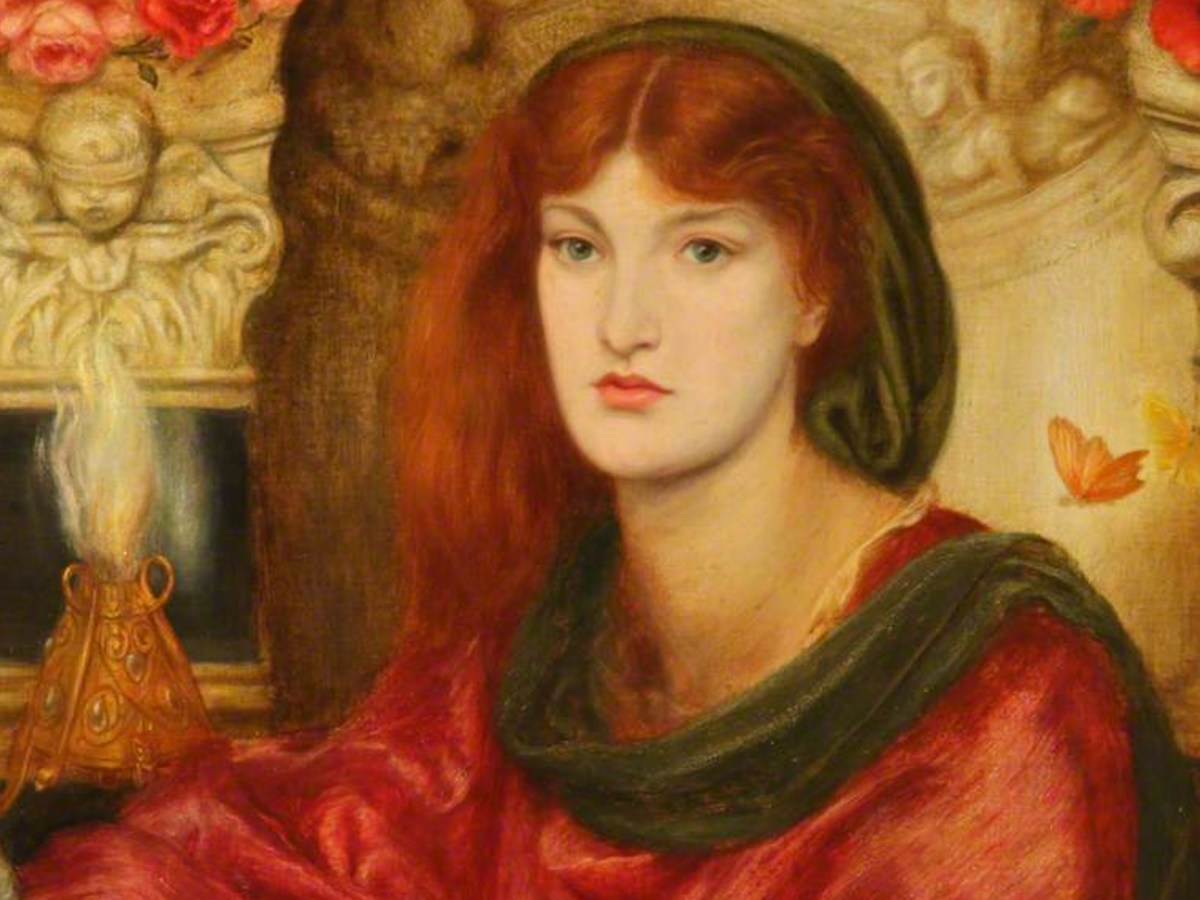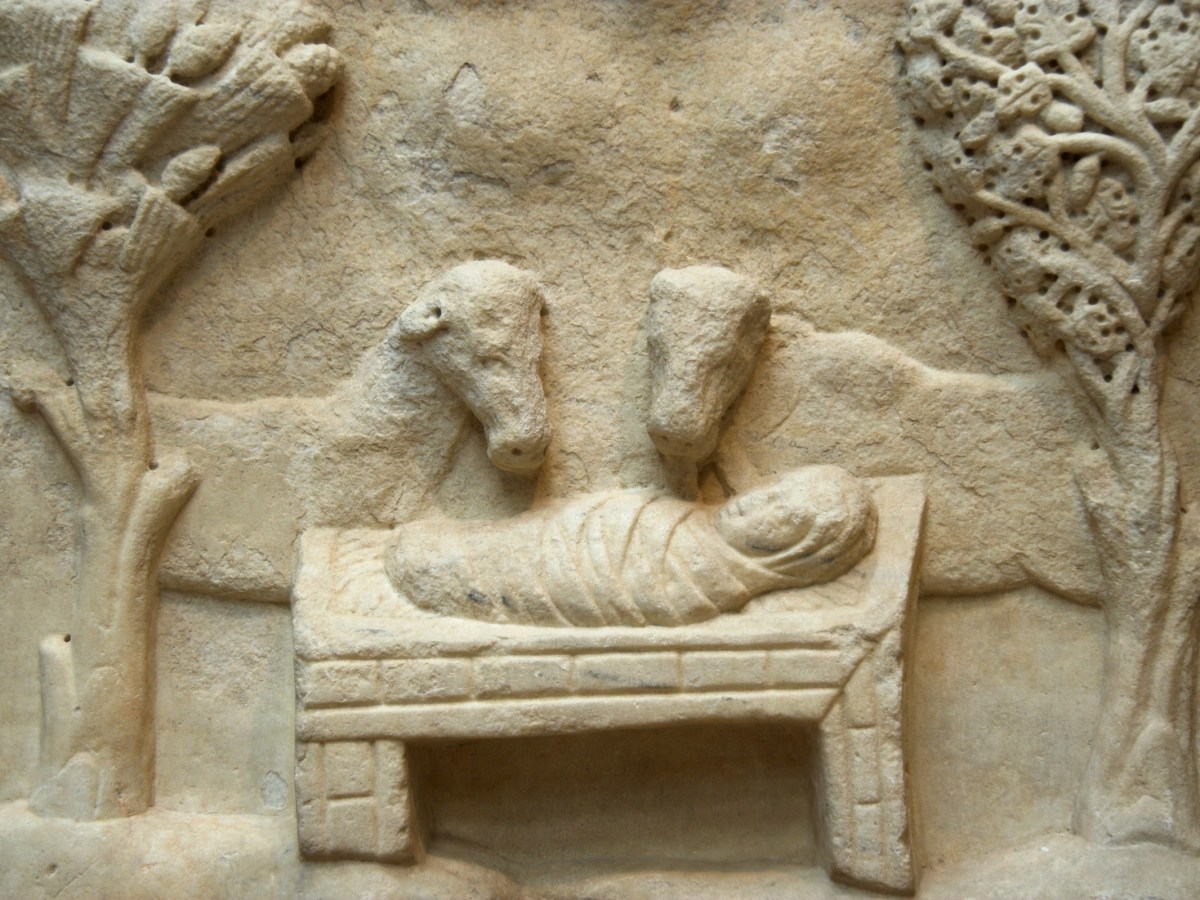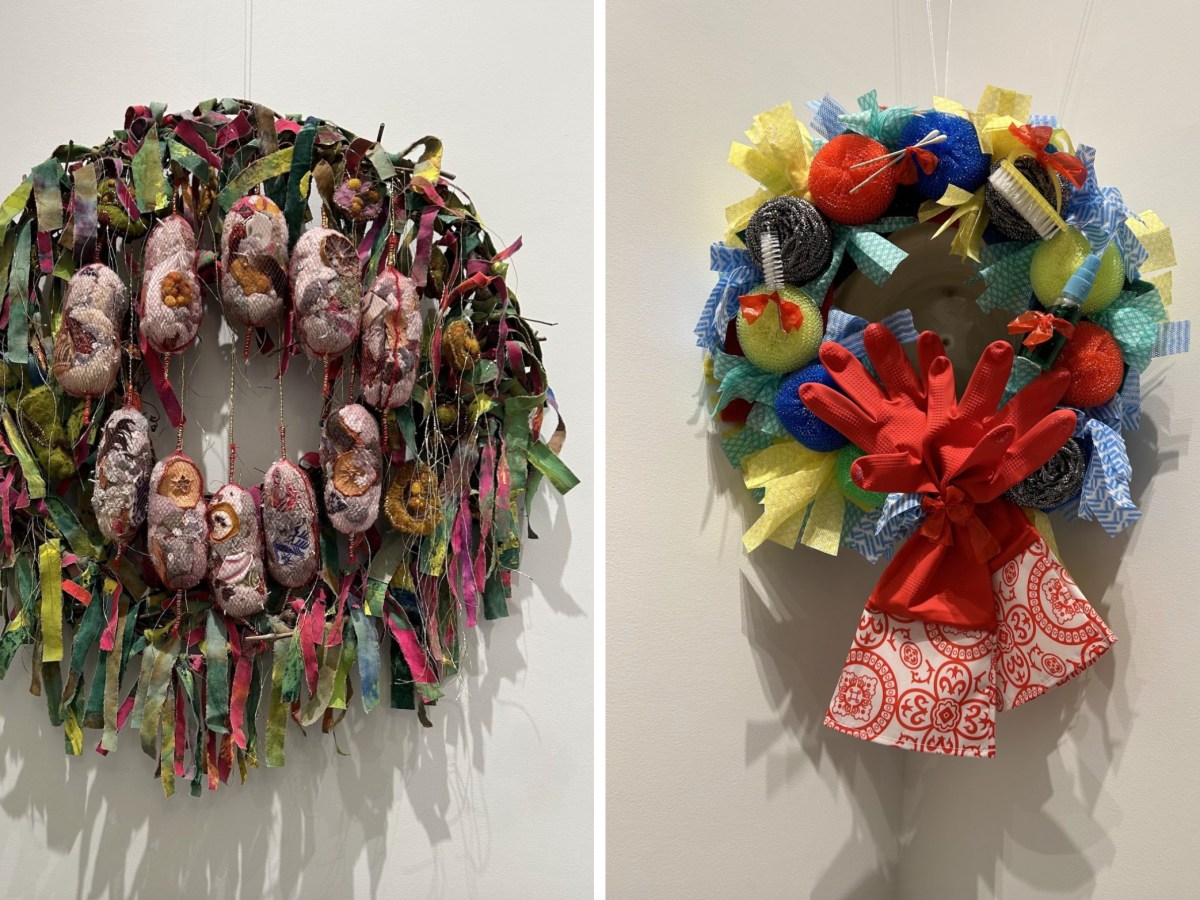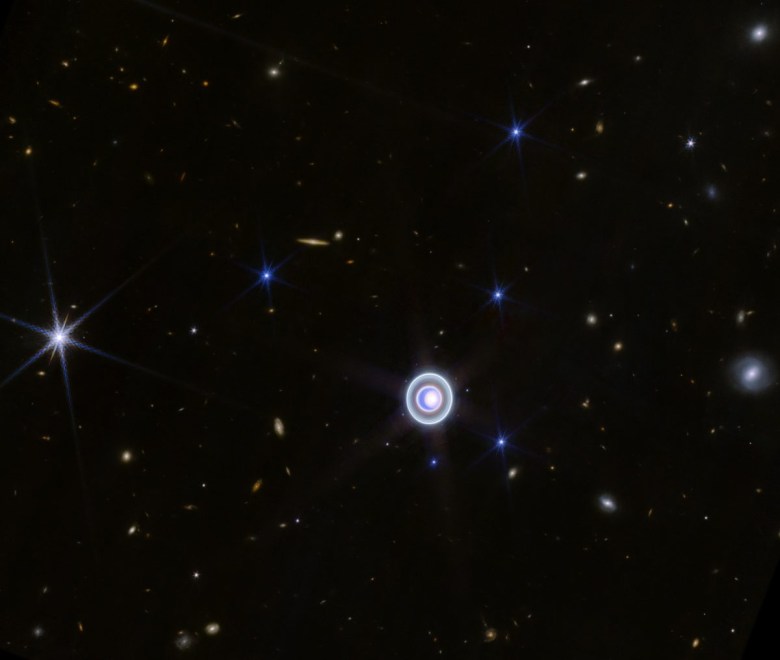
Uranus may not be the butt of the joke for much longer. In a new photo released earlier this week by the National Aeronautics and Space Administration (NASA), the ice giant emerges as an awe-inspiring, glowing planet framed by a series of blue and white iridescent rings.
Taken by the James Webb Space Telescope using infrared light, the image captures storms, 14 of Uranus’s 27 known moons, a seasonal cloud cap at the northern pole, and detailed depictions of the planet’s rings, including the faint Zeta ring closest to the center.
In a statement published alongside the new image, NASA said that the closeup shot of this ring could prove “invaluable” in planning future missions to the planet, especially as we approach Uranus’s next solstice in 2028. “Webb will help disentangle the seasonal and meteorological effects that influence Uranus’s storms, which is critical to help astronomers understand the planet’s complex atmosphere,” the agency said.
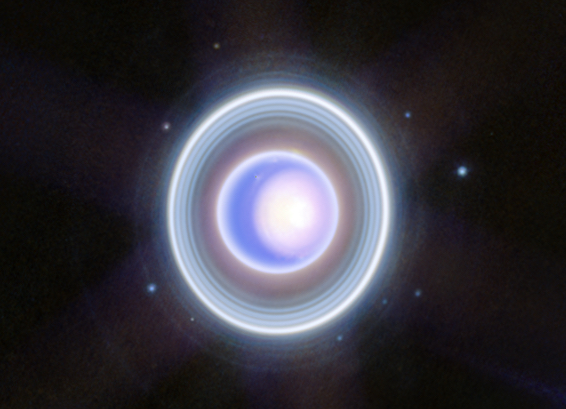
Uranus might not be the solar system’s most inviting destination, however. It has the most extreme weather of any planet, and tilted at 98 degrees, half of the planet is cloaked in darkness for a staggering 21 years at a time. (The Earth, by comparison, is at around 23.5 degrees.)
The first photos from the Webb Space telescope, the product of a collaboration between NASA, the European Space Agency, and the Canadian Space Agency, were released just last summer. They offered stunning snapshots of a cloudy nebula, a “stellar nursery” in the shape of a mountain range, and images of entire galaxies (one was an astounding 4.6 billion light-years away), immediately humbling the Hubble Telescope launched in 1990.
Since then, NASA has released a few more curious photographs that have spurred online analysis and conversation, including an image of the sun that users compared to a cartoonish smiley face and a snapshot of two developing stars forming what looked like a question mark.





